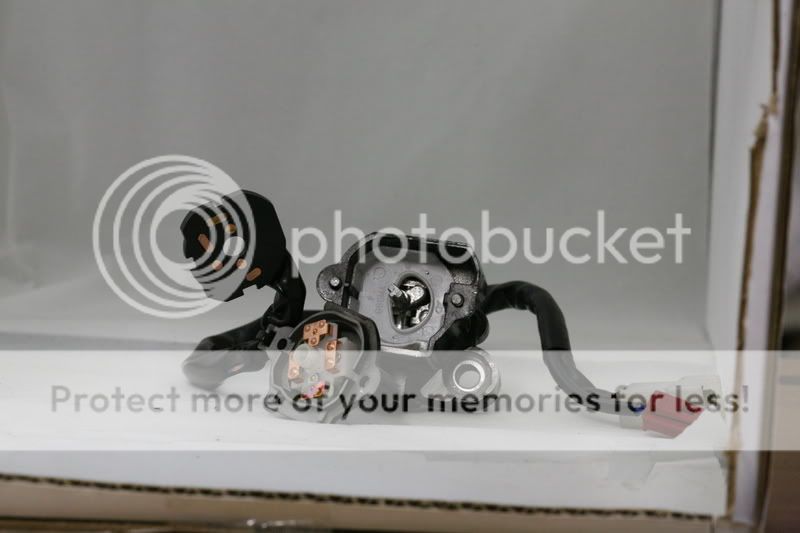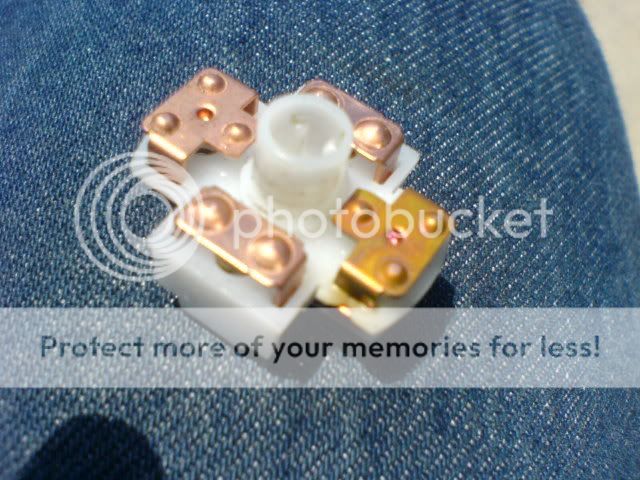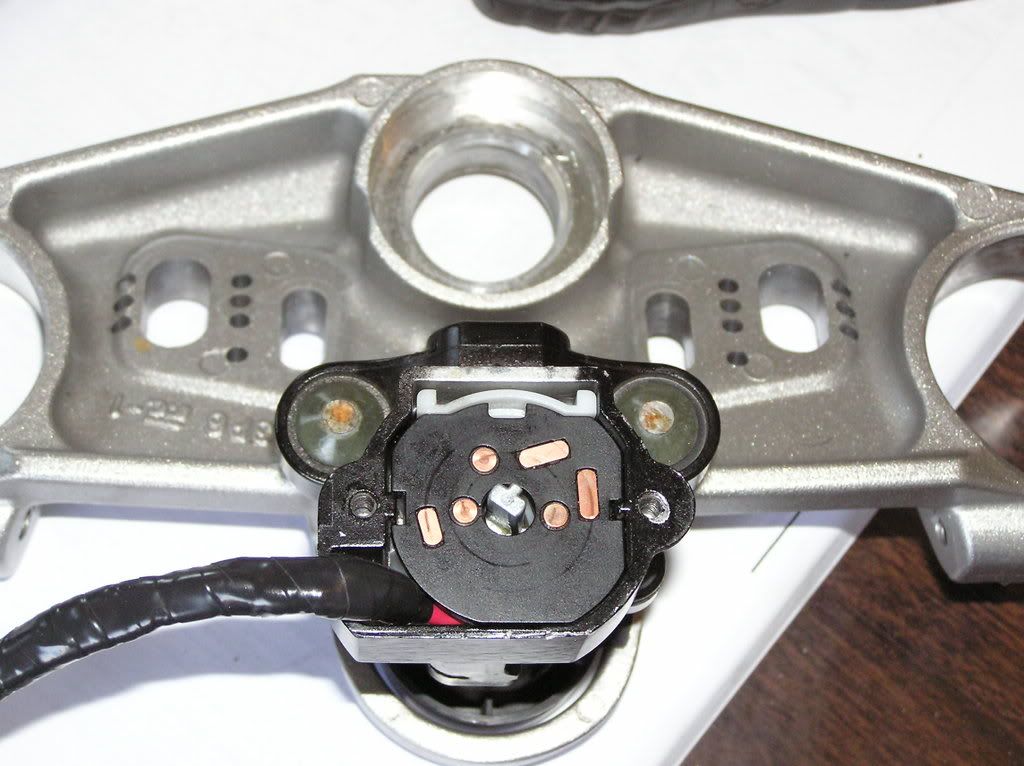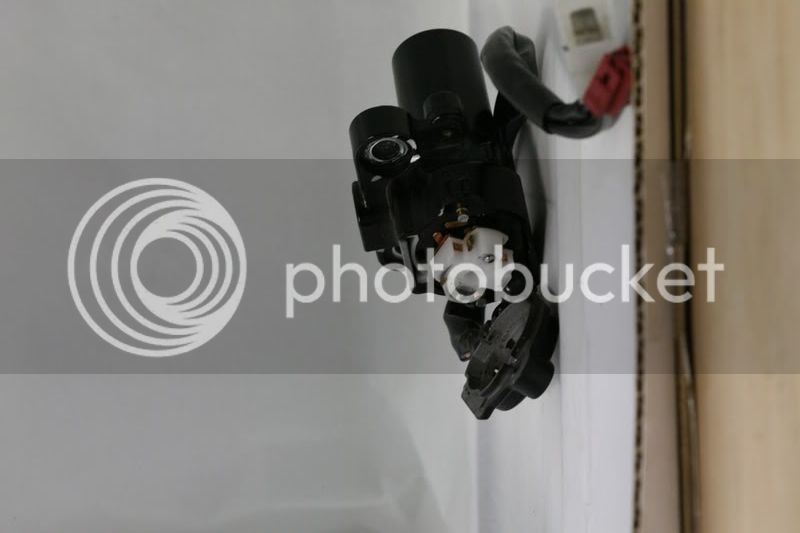Checkswrecks
Well-known member
Maybe not the majority view, but I'll be with Ponyfool in thinking that Yamaha wasn't totally pushed into this. If you've ever been in manufacturing in a big company, think about how long it would take to:
Recognize that this one component that had been successful in this and other products for years was suddenly having a problem.
Do the lab and field investigations to both identify the problem, and the cause(s).
Redesign the switch. (Straight-forward, but it has it's own process and approvals.)
Do the lab and field testing to qualify it.
Do the production planning, probably having to get vendor support
Start production (later 2009 bikes have a different part number, so I'm guessing they have the fix)
Do the logistics for implementing the change to the new switches.
Plus whatever time for the negotiating they did with NHTSA.
I've worked with other Japanese companies and they are typically as painstakingly thorough (as in time-consuming) as the legends allege. There is no way that Yamaha did this in 4 months from the start of the NHTSA investigation. Things just don't work that fast. To me, Yamaha had clearly been working on this for a lot longer than that.
This probably would have been a problem for somebody like a reliability engineer before the safety group got involved. We all have budgets and need to set priorities and Yamaha would be no different. The safety group focus would have been on higher priorities than one in which failure meant coasting to a stop. For example, it's no secret that one of their 4-wheelers has been involved in multiple roll-over deaths. If you were the manager of a staff of X people in either of those groups, which problem would have the greater priority? Somewhere in Yamaha, somebody had to ask "Do we take people off the quad problem and put them on this ignition switch? How many people do we take away from the problem that caused the fatalities?" Those are really tough questions. Followed closely by somebody else saying "There's been a group already looking into the switches since <date>."
No question that Yamaha got their priorities shifted by NHTSA and we helped that. But I do think that Yamaha was already on it. YMMV, but I also think that we ought to appreciate that they and NHTSA changed this particular priority before one of us FJR riders got hurt.
Bob
Recognize that this one component that had been successful in this and other products for years was suddenly having a problem.
Do the lab and field investigations to both identify the problem, and the cause(s).
Redesign the switch. (Straight-forward, but it has it's own process and approvals.)
Do the lab and field testing to qualify it.
Do the production planning, probably having to get vendor support
Start production (later 2009 bikes have a different part number, so I'm guessing they have the fix)
Do the logistics for implementing the change to the new switches.
Plus whatever time for the negotiating they did with NHTSA.
I've worked with other Japanese companies and they are typically as painstakingly thorough (as in time-consuming) as the legends allege. There is no way that Yamaha did this in 4 months from the start of the NHTSA investigation. Things just don't work that fast. To me, Yamaha had clearly been working on this for a lot longer than that.
This probably would have been a problem for somebody like a reliability engineer before the safety group got involved. We all have budgets and need to set priorities and Yamaha would be no different. The safety group focus would have been on higher priorities than one in which failure meant coasting to a stop. For example, it's no secret that one of their 4-wheelers has been involved in multiple roll-over deaths. If you were the manager of a staff of X people in either of those groups, which problem would have the greater priority? Somewhere in Yamaha, somebody had to ask "Do we take people off the quad problem and put them on this ignition switch? How many people do we take away from the problem that caused the fatalities?" Those are really tough questions. Followed closely by somebody else saying "There's been a group already looking into the switches since <date>."
No question that Yamaha got their priorities shifted by NHTSA and we helped that. But I do think that Yamaha was already on it. YMMV, but I also think that we ought to appreciate that they and NHTSA changed this particular priority before one of us FJR riders got hurt.
Bob

























































